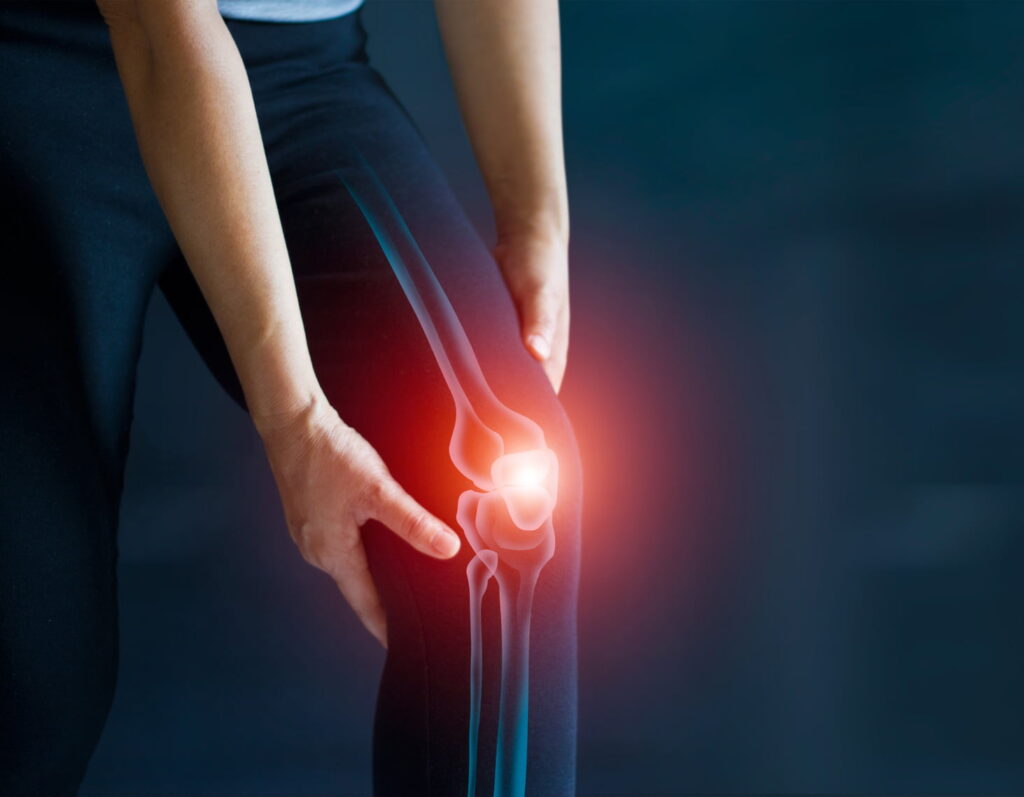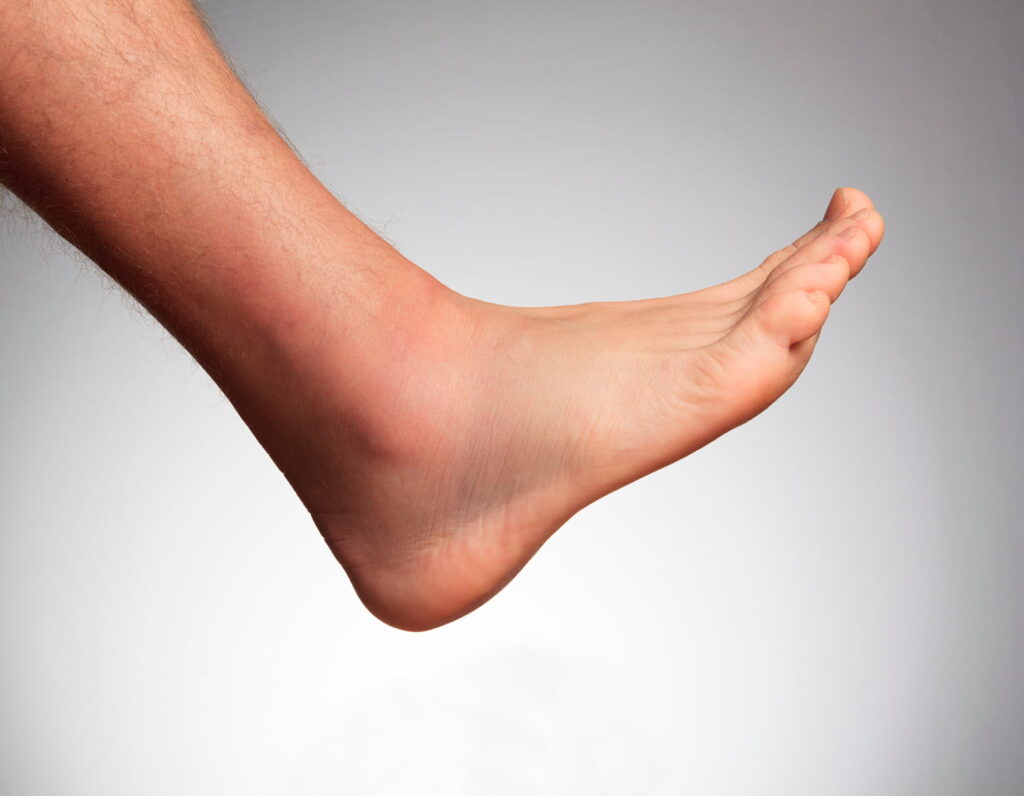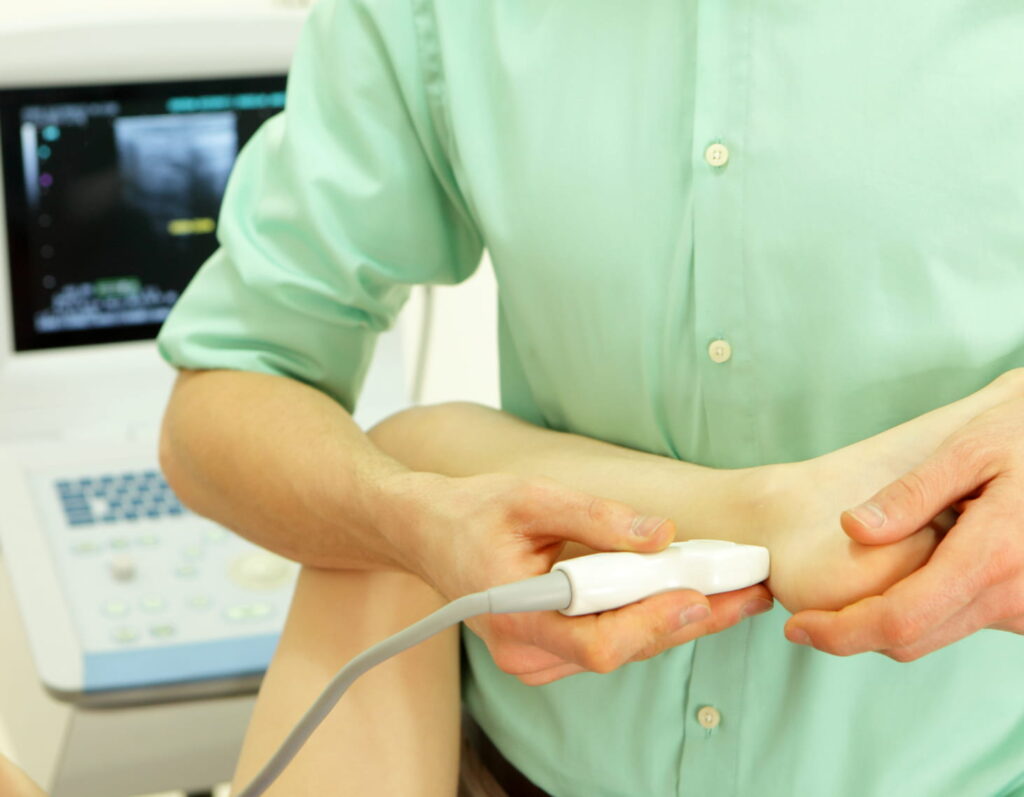Are you considering physical therapy for tendonitis but unsure about what to expect? Don’t worry; we’ve got you covered! If you’re eager to find out what lies ahead on your road to recovery, join us as we demystify the world of physical therapy for tendonitis.
From symptoms to hands-on techniques and therapies, we’ll guide you through the entire process step by step. Get ready to gain insight into the treatment, techniques, and strategies to help you overcome tendonitis and reclaim an active, pain-free life.
Let’s dive in and discover what lies ahead in your quest for healing and renewed vitality.
What is Tendonitis?

Tendonitis is a commonly diagnosed medical condition that refers to tendon inflammation. This condition can cause discomfort and make everyday tasks difficult. It occurs when a tendon, the fibrous cord that connects muscle to bone, becomes inflamed.
The inflammation, in turn, leads to pain, tenderness, and swelling in the affected area. While it is not a serious health issue, tendonitis can negatively impact an individual’s quality of life and requires prompt attention from a medical professional.
Symptoms of Tendonitis Pain
Pain is one of the most significant signs of tendonitis. It is typically described as a dull ache that worsens with movement or use of the affected tendon. The pain may be more severe during the condition’s early stages and may gradually subside with proper treatment.
Swelling

Swelling or inflammation is often noticed in the area surrounding the affected tendon. It causes the tendon to become thickened, making it difficult to move. In some cases, swelling may progress to the point where it is visible from the outside.
Tenderness

Tenderness is a symptom of tendonitis that occurs when the affected tendon is touched or pressed. It may feel sore, tender, and sometimes warm to the touch. Tenderness is often seen in elbow tendonitis, which is also known as tennis elbow.
Stiffness

Stiffness and limited range of motion are typical symptoms of tendonitis. The affected joints may be difficult to move or may feel stiff when used, making it hard to complete everyday tasks.
Limited range of motion
A limited range of motion occurs when the affected joint cannot move through its full range of motion. This symptom is due to the thickening and swelling of the tendons that prevent proper movement.
A Lump on The Tendon
A lump may be felt on the affected tendon in some cases. The lump may be painful, hardened, or softer than the surrounding tissue. A lump is typically seen in De Quervain’s tenosynovitis, which affects the tendons on the thumb side of the wrist.
Diagnosis of Tendonitis

The diagnosis of tendonitis typically involves a combination of medical history assessment, physical examination, and sometimes imaging tests. During the medical history evaluation, the healthcare provider will inquire about the symptoms, their duration, and any potential contributing factors, such as repetitive activities or recent injuries.
The affected area will be inspected during the physical examination for signs of inflammation, swelling, and tenderness. The healthcare provider may also assess the range of motion and perform specific maneuvers to elicit pain or discomfort.
In some cases, imaging tests such as X-rays, ultrasound, or MRI may be ordered to rule out other possible causes of pain and to assess the extent of tendon damage or inflammation.
The final diagnosis of tendonitis is typically made based on the combination of symptoms, physical examination findings, and any supporting imaging results. Consulting a healthcare professional for an accurate diagnosis and appropriate treatment plan is important.
Treatment Options for Tendonitis
Here are some most important treatments for tendonitis
- Rest and Activity Modification: Resting the affected tendon is one of the most crucial steps in treating the tendon. It means avoiding activities that aggravate the symptoms and modifying daily routines to reduce strain on the tendon. Resting gives the tendon time to heal and prevents further damage.
- Pain Relief Medications: Another way to manage tendonitis symptoms is through pain relief medications like nonsteroidal anti-inflammatory drugs (NSAIDs). These medications help reduce pain and inflammation and can be purchased over the counter.
- Physical Therapy: Quality physical therapy is an effective treatment option for tendonitis. It involves targeted eccentric strengthening exercises and stretches prescribed by a physical therapist to strengthen the muscles around the affected tendon.
Physical therapists can also suggest dry needling.
- Immobilization: In some cases, wearing a brace, splint, or cast can help immobilize the affected area, providing rest and support to the tendon. Immobilization can help speed up the healing process by preventing further damage.
- Corticosteroid Injections: Corticosteroid injections are a treatment option for severe tendonitis. Injections of corticosteroids directly into the affected tendon can help reduce inflammation and relieve temporary pain.
Physical Therapy for Tendonitis

Physical therapy is a common and effective treatment approach for tendonitis. It focuses on reducing pain, promoting healing, and restoring function to the affected tendon. Here are some commonly used tendonitis physical therapy techniques:
Therapeutic Exercises
Your physical therapist will prescribe specific exercises to strengthen and stretch the muscles surrounding the affected tendon.
These exercises are designed to improve flexibility, restore normal movement patterns, and promote healing. Initially, exercises may be gentle and focused on pain relief and then progress to more challenging activities as your condition improves.
Manual Therapy
This involves hands-on techniques the physical therapist performs to mobilize and manipulate the affected tendon and surrounding tissues. Manual therapy can help improve blood flow, reduce pain, increase range of motion, and promote healing.
Taping and Bracing
Your physical therapist may use taping techniques or recommend bracing to support and stabilize the affected tendon. Taping and bracing can help alleviate pain, protect the tendon during activity, and promote proper alignment.
Education and Activity Modification
Your physical therapist will educate you about proper ergonomics, posture, and body mechanics to prevent further strain on the affected tendon. They may also guide you in modifying your activities or sports technique to minimize stress on the tendon.
Summing Up!
So, embarking on a physical therapy journey for tendonitis is a decision that holds immense promise for your recovery. By understanding what to expect during physical therapy, you can approach the process with confidence and motivation.
From exercises tailored to your needs to applying specialized modalities, Scottsdale physical therapy offers a comprehensive and targeted approach to alleviate pain, promote healing, and restore function.
So, take that first step, trust in the expertise of your physical therapist, and embrace the transformative power of this rehabilitative journey. A pain-free, active life awaits you on the other side.








